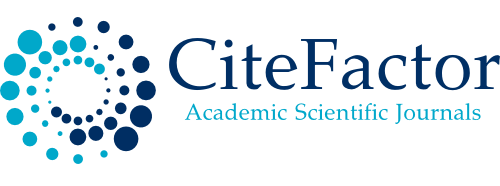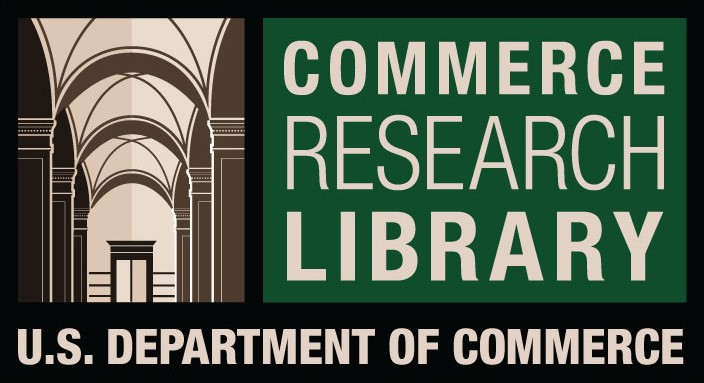Enterobacteriaceae isolates: Clinical, Bacterial and Antimicrobial Profile in a Tertiary Teaching Hospital
DOI:
https://doi.org/10.61841/52ney734Keywords:
Enterobacteriaceae isolates, Antimicrobial resistance, E. coli, Klebsiella pneumoniaeAbstract
Members of Enterobacteriaceae family are the leading pathogens among Gram negative bacteria which are associated with critical infection of community or hospital origin. These Enterobacteriaceae members are considered critical as they are associated with drug resistance mechanism which includes synthesis of enzymes like β-lactamase, extended spectrum β-lacatamse, AmpC and carbapenemase.This results into inadequate antimicrobial therapy, increased hospitalization, and cost to patient with increased mortality and morbidity. To find out clinical, bacterial and antimicrobial profile of Enterobacteriaceae clinical isolates from a tertiary teaching center. Total 2002 clinical strains belonging to Enterobacteriaceae family, isolated, from June 2016 to April 2018, were included for study purpose. Identification of bacteria was done by VITEK 2 compact (Biomerieux) automation system, and antimicrobial susceptibility testing was done with the same system to detect minimum inhibitory concentrations for different group of antimicrobials.CLSI 2016 guidelines were used for interpretations of results. Urine (39.4 %, n = 788) and pus 486 (24.3%) were two leading specimens which isolated Enterobacteriaceae isolates. Total 917 Escherichia coli (45.8%) were isolated followed by 839 (41.9 %) Klebsiella spp. Of the least isolated were Salmonella spp. and Shigella spp. Ampicillin showed sensitivity rate of 25.3 % while for cephalosporins it was between 20.2 to 33.9 %.Tigecyclin and colistin had comparatively higher sensitivity of 76.9 % and 74.6 %. Amikacin from the aminoglycosides had 73.2 % of sensitivity. Carbapenems showed a sensitivity range of 45.8 to 58.9 %. Antimicrobials like cephalosporins, penicllins, aminoglycosides, and quinolones are of little use because of increased resistance patterns .The most effective antimicrobials were amikacin, colistin.and tigecyclin.
Downloads
Published
Issue
Section
License

This work is licensed under a Creative Commons Attribution 4.0 International License.
You are free to:
- Share — copy and redistribute the material in any medium or format for any purpose, even commercially.
- Adapt — remix, transform, and build upon the material for any purpose, even commercially.
- The licensor cannot revoke these freedoms as long as you follow the license terms.
Under the following terms:
- Attribution — You must give appropriate credit , provide a link to the license, and indicate if changes were made . You may do so in any reasonable manner, but not in any way that suggests the licensor endorses you or your use.
- No additional restrictions — You may not apply legal terms or technological measures that legally restrict others from doing anything the license permits.
Notices:
You do not have to comply with the license for elements of the material in the public domain or where your use is permitted by an applicable exception or limitation .
No warranties are given. The license may not give you all of the permissions necessary for your intended use. For example, other rights such as publicity, privacy, or moral rights may limit how you use the material.









